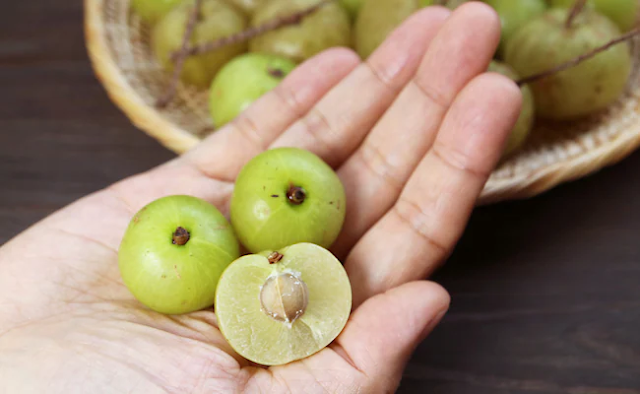The Public Health Foundation of India, in a report, found that 25% of people with diabetes in India have high risks of cardiovascular diseases. The Global Burden of Disease Study 2024 reports that heart disease is one of India’s leading causes of mortality.
What’s the connection between heart disease and diabetes? How do you manage both during festive feasting? This informative article will provide practical tips for managing diabetes and heart risks during the festival season, ensuring you enjoy the celebration without compromising your health.
Diabetes and cardiovascular diseases (CVDs) have a close connection with increased risk of CVDs in people with higher blood sugar levels. A study by the Indian Council of Medical Research (ICMR) in 2024 found that 101 million people in India have diabetes, making India the diabetic capital of the world and aiding in mortality at a younger age.
Centers for Disease Control and Prevention (CDC) found that high blood pressure, high cholesterol, and high blood sugar levels significantly contribute to the increased risks of heart disease. People with diabetes may experience inflammation, cholesterol increases clogging, and high blood pressure restricts adequate oxygen flow, leading to heart diseases.
Dr. Geetanjali Gupta, Director of Technical Operations and Quality Assurance, Redcliffe Labs, says Cardiovascular Health is a rising concern in India, and the risks are higher post festivities due to overexertion, diet with higher oil and sugar content, lack of sleep, and exercise. It is highly recommended that people start taking proactive measures to protect their health with preventive health checks to monitor their vitals and consume a balanced diet.
For healthier and happier celebrations, some common switchovers in the eating habits are further discussed in the article:
Mindful Portion Control:
Festive time often leads to overeating. However, portion control is the key to managing diabetes and heart risks. Opt for smaller portions with a balance of vegetables, whole grains, and lean proteins.
Opt For Healthier Alternatives
The National Diabetes and Diabetic Retinopathy Survey 2024 conducted by the Ministry of Health and Family Welfare revealed that approximately 11.5% of India’s adult population is pre-diabetic.Sweets are common during festival time, which can increase your sugar levels and risk of cardiovascular diseases. Instead of sweets on the market, cooking healthier alternatives at home is better.
Watch Out For Your Hydration Levels
Staying hydrated is important, especially when heavy meals surround you. Drink water before and after meals to aid in digestion. Ensuring to avoid or limit alcohol intake to maintain and manage blood sugar levels and prevent the risk of CVDs. A study conducted from 2008 to 2020 found that 14% of self-reported diabetes cases in rural India consumed alcohol. So, making the right decisions for your better health is essential.
Limit Carbohydrate Intake
Festivals often feature carb-heavy foods like rice, sweets, fritters, and breads. These complex carbohydrates have a direct impact on sugar levels, which makes it essential to monitor your intake. So, regardless of the occasion, balancing your meals with the right proportion of carbohydrates, proteins, vegetables, and fruits is necessary to stabilize your blood sugar levels.
Take Care of Your Mental Well-Being
Chronic stress may lead to unhealthy habits such as overeating, lack of sleep, no physical activity, anxiety, and depression.
In a 2020 study by The Lancet, people who manage stress were 24% less likely to experience cardiovascular diseases than those with chronic anxiety. As per the expert professionals, practicing yoga, mindfulness, or meditation can relax your mind. Sleep properly and set realistic goals while prioritizing self-care to avoid feeling overwhelmed.
Regular Health Check-ups
The Indian Journal of Endocrinology and Metabolism in 2017 highlighted that people with diabetes who underwent regular health checkups were 35% more likely to have controlled blood sugar levels and 25% less likely to develop cardiovascular diseases than those who didn’t attend any health screening.
A pre-festival health checkup or, if not taken due to a busy schedule, a post-festival check ensures your health is on track by understanding your blood sugar levels, cholesterol, blood pressure, and other vitals as per your personalized health conditions.
It is recommended to seek tests like the HBA1C test, glucose fasting test, or a full-body check to keep your health intact. You can enjoy the festive season carefree with your entire family by keeping your health in check. Moreover, a preventive check is a savior for your time, health, and pocket. Treating the diseases post symptoms is emotionally, physically, mentally, and financially draining.






